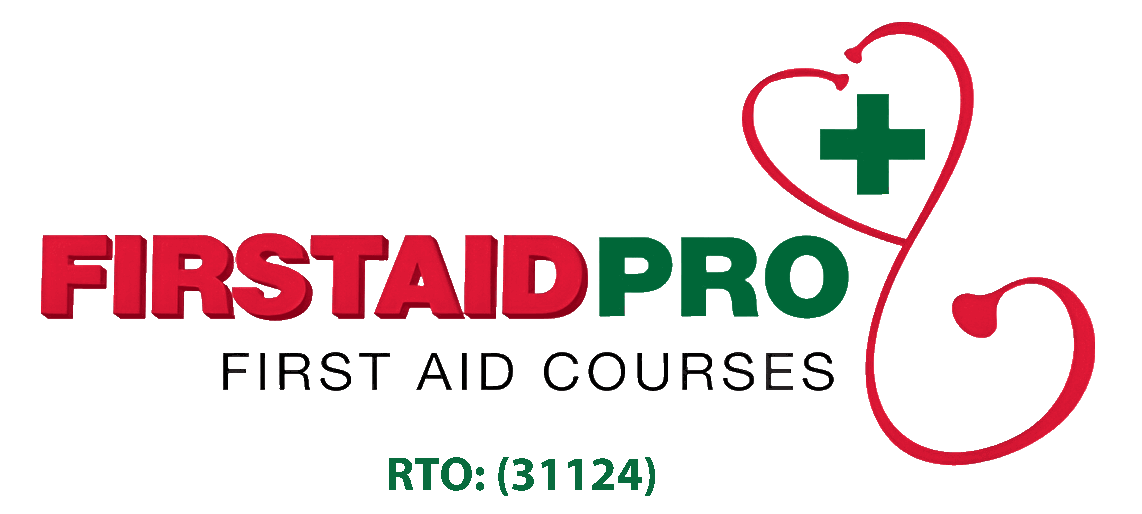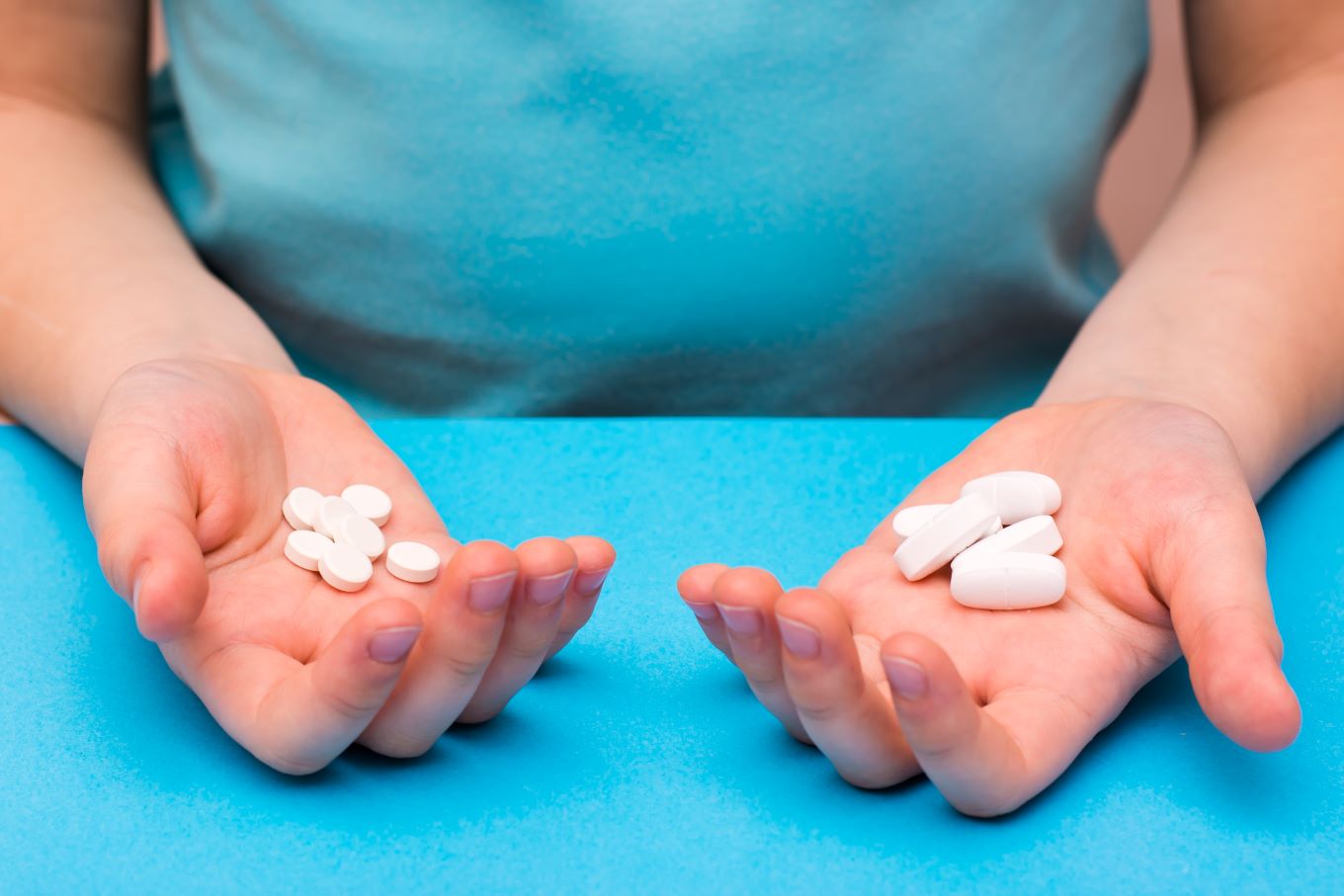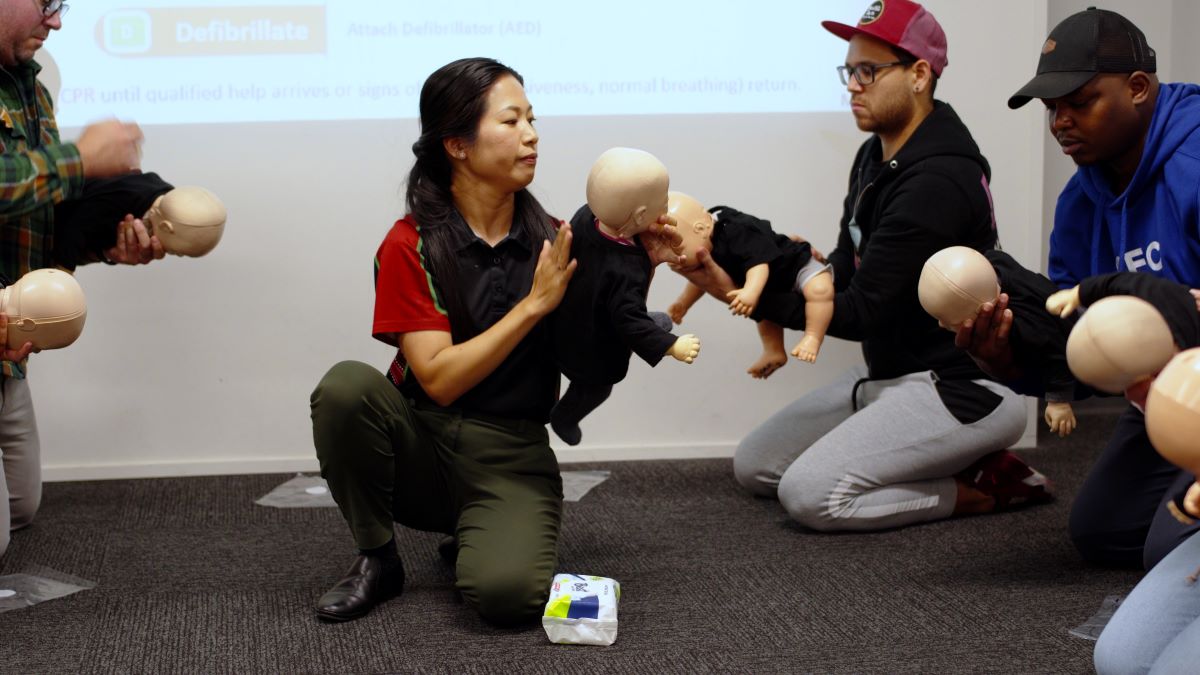Sudden death refers to the natural and unexpected fatal event that occurs within a few hours from the onset of symptoms. It occurs in apparently healthy individuals, or those with a non-fatal disease to result in such an abrupt outcome.
The five common causes of sudden death will be tacked in this article including fatal arrhythmias, acute myocardial infarction (AMI), massive stroke, pulmonary embolism, and aortic catastrophe.
The Risks of Sudden Death
Sudden death can occur at a wide range of ages, but is most common in elders 60 and above, and in younger adults 30 years old and below.
It is an uncommon condition, but when it happens, the loss can generate a significant amount of grief along with a great sense of disbelief.
Sudden death is one of the major public health concerns in Australia, accounting for thousands of fatalities every year. The common contributors to these alarming rates are diseases related to heart function.
Despite significant improvements in medical care and CPR, the incidence of premature death has not decreased in comparison to other health conditions.
The mysterious and dreadful characteristics of this condition instill fear and anxiety in many people. The apprehension that something bad will happen is brought by the uncertainty and unexpectedness of the consequences. However, in recent years, it becomes clear the several causes of sudden death.
While it is challenging to prevent and control premature death, the affected patient can still survive with immediate medical attention.
Treatments and first aid interventions have improved and reduced the occurrence of early deaths.
Symptoms of Sudden Death
Premature deaths show no warning symptoms, but there are some signs that can help identify it quickly such as
- Feeling faint or loss of consciousness
- Lack of response to stimuli
- Respiratory arrest
- Loss of normal skin tone (Skin appearance turning pupils-blue colour)
Watch out for the said symptoms and get emergency help immediately.
Common Causes of Sudden death
Arrythmias
Fatal arrhythmias are the top causes of sudden death, which are characterized by having erratic and disorganized firing of impulses from ventricles (ventricular fibrillation or VF).
Early recognition of these erratic heartbeats and providing appropriate treatment can save lives. Victims who receive early defibrillation and high-quality chest compression have increased chances of survival.
Acute Myocardial Infarction (AMI)
AMI is a condition where the blood flow to the heart muscles is abruptly cut off, resulting in severe tissue damage.
It is important to know that there are many versions of AMI that requires different management. A responder would not be able to immediately recognise the emergency unless they are familiar with the symptoms.
Massive stroke
A massive stroke can result in long-term paralysis, coma, and is accountable for 10 to 20 percent of sudden deaths.
Massive stroke is a true emergency – the sooner first aid is given, the more likely to minimise long term damage and prevent death.
Pulmonary embolism
A pulmonary embolism is considered massive when both of the pulmonary arteries become involved and result in hemodynamic compromise. It can quickly cause life-threatening problems and even sudden death.
The first step in addressing this health problem is to treat shock symptoms and provide oxygen therapy. Give the victim anticoagulant medications (e.g., heparin, enoxaparin, etc.) to help prevent further blood clotting.
Aortic catastrophe
Aortic catastrophe or dissection is a severe condition characterized by a tear in the inner layer of the aorta (the body’s main artery).
Without treatment, it can lead to early deaths of 33% within the first 24 hours and 50% in the next 48 hours.
The management of this condition involves close monitoring of blood pressure to prevent the dissection from becoming worse.
Treatments
Effective treatment to prevent sudden death is early defibrillation. The use of AED (automated external defibrillation) involves electrical shock to the heart that attempts to restart the heart’s activity.
In addition to defibrillation, performance of CPR with cardiac massage and mouth-to-mouth resuscitation also helps in preventing premature deaths.
Conclusion
Many victims seek medical care and report symptoms weeks or even months before sudden death. However, there are instances where symptoms go unrecognised, and medications go under-prescribed.
The performance of CPR, use of defibrillation, and identifying factors may lower the incidence of sudden death.







